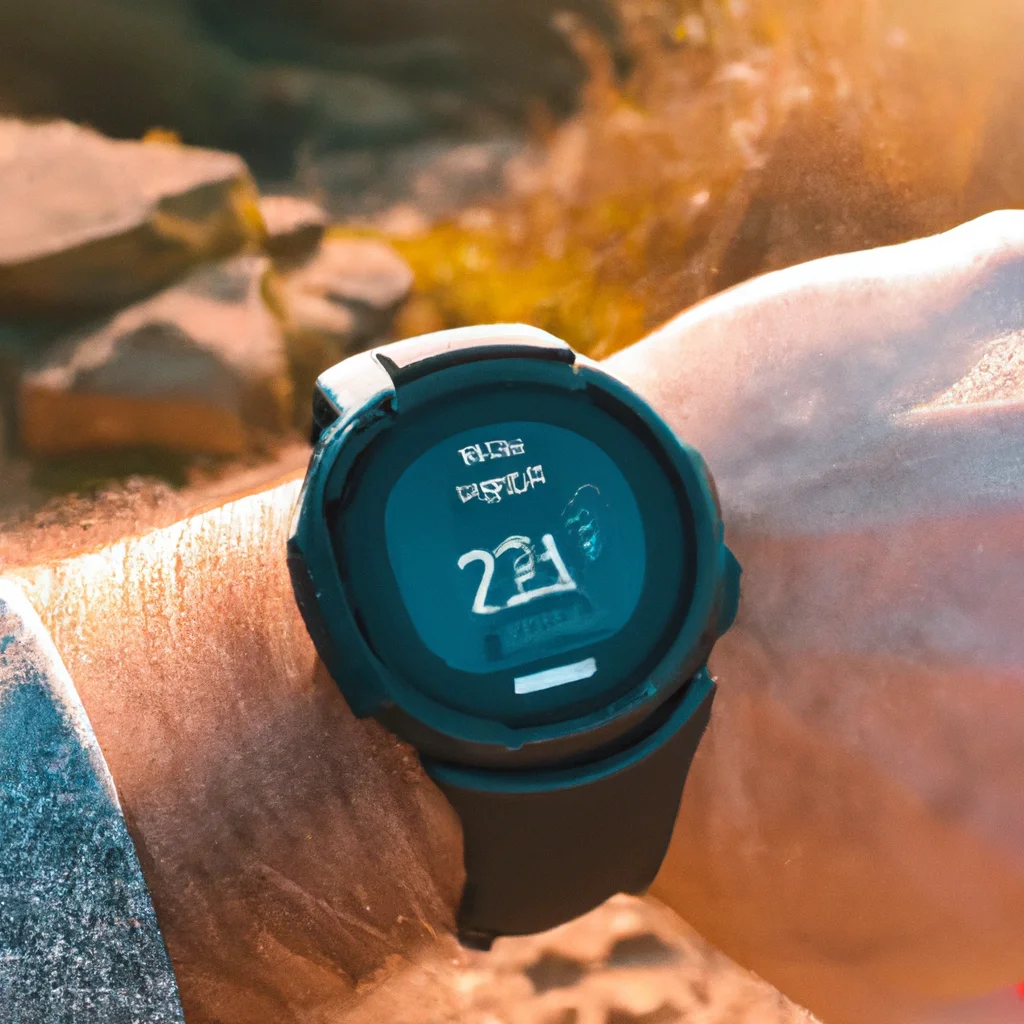How does a smartwatch track steps?


How does a smartwatch track steps?
Smartwatches have become increasingly popular over the years, and they are more than just a fashion accessory. They are wearable technology that has revolutionized health tracking and activity monitoring. One of the key features of a smartwatch is its ability to track steps. But how does a smartwatch track steps? In this article, we will delve into the technology behind this feature and explore the different ways in which smartwatches track steps.
What is a smartwatch?
A smartwatch is a wearable device that is designed to be worn on the wrist. It is essentially a mini-computer that can be used to perform a variety of functions, such as making phone calls, sending text messages, and accessing the internet. Smartwatches are also equipped with sensors that can track various physical activities, including steps.
How does a smartwatch track steps?
There are several ways in which a smartwatch can track steps. These include:
Accelerometer
The most common way in which a smartwatch tracks steps is through an accelerometer. An accelerometer is a sensor that measures acceleration, or changes in direction and speed. When you move your arm, the accelerometer in your smartwatch detects the movement and calculates the number of steps you have taken. The smartwatch uses algorithms to filter out other movements, such as arm swings or hand gestures, and only counts steps.
Gyroscope
Some smartwatches also come equipped with a gyroscope. A gyroscope is a sensor that measures rotation and orientation. It can be used in conjunction with an accelerometer to provide more accurate step tracking. The gyroscope can detect when you change direction, such as when you turn a corner, and adjust the step count accordingly.
GPS
Another way in which a smartwatch can track steps is through GPS. GPS stands for Global Positioning System and is a network of satellites that can pinpoint your location. By using GPS, a smartwatch can track your movements more accurately than with just an accelerometer or gyroscope. It can also provide information on your speed and distance traveled.
How accurate is step tracking on a smartwatch?
The accuracy of step tracking on a smartwatch can vary depending on several factors. These include the type of sensor used, the algorithms used to calculate steps, and the location of the smartwatch on your body. For example, wearing a smartwatch on your wrist may result in more accurate step tracking than wearing it on your ankle. Additionally, factors such as arm swing, stride length, and terrain can affect the accuracy of step tracking.
Overall, most smartwatches are fairly accurate at tracking steps. However, they may not be as accurate as dedicated fitness trackers that are designed specifically for tracking physical activity. If you are serious about tracking your steps and other physical activities, it may be worth investing in a dedicated fitness tracker.
Conclusion
In conclusion, smartwatches are equipped with sensors that can track steps, including accelerometers, gyroscopes, and GPS. These sensors work together with algorithms to provide accurate step tracking. While the accuracy of step tracking on a smartwatch can vary, they are generally fairly accurate. If you are serious about tracking your physical activity, it may be worth investing in a dedicated fitness tracker. Overall, smartwatches are a convenient and useful tool for health tracking and activity monitoring.
Recent Posts
How do I create an engaging and informative online quiz or assessment?
Creating an engaging and informative online quiz or assessment can be a powerful tool for… Read More
What are the most effective methods for managing and reducing work-related stress in the hospitality industry?
Work-related stress is a common issue in the hospitality industry, where employees often face long… Read More
How can I improve my assertiveness and communication skills in a leadership position?
In a leadership position, assertiveness and effective communication skills are crucial for success. Being able… Read More
What are the key elements of a successful employee recognition and rewards program?
Employee recognition and rewards programs play a crucial role in motivating and engaging employees, as… Read More
How do I effectively manage and respond to customer feedback and reviews?
Customer feedback and online reviews play a crucial role in shaping a company's reputation and… Read More
What are the best strategies for effective time management as a stay-at-home parent?
Effective time management is crucial for stay-at-home parents who juggle multiple responsibilities on a daily… Read More